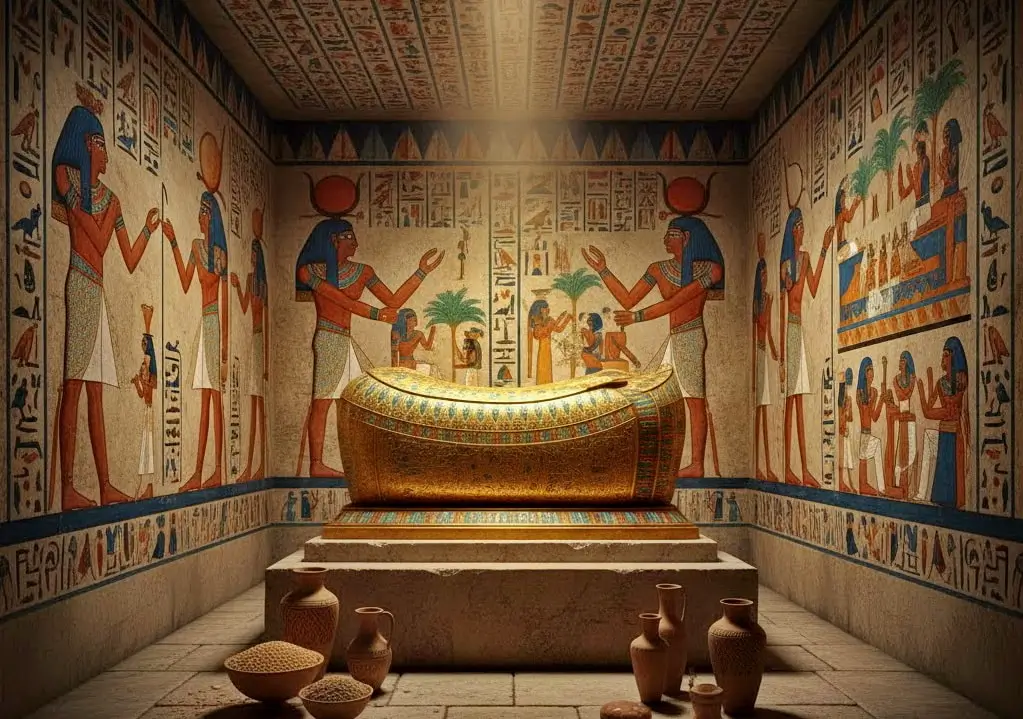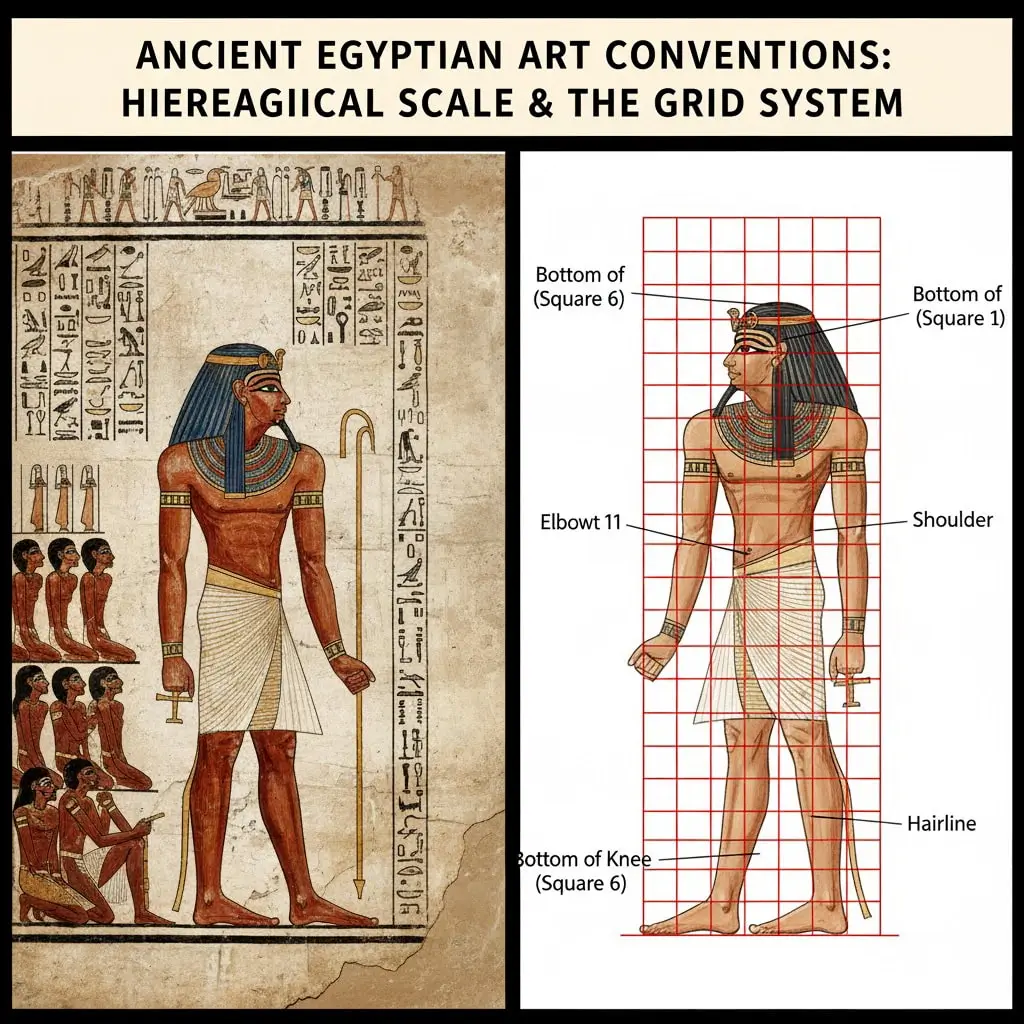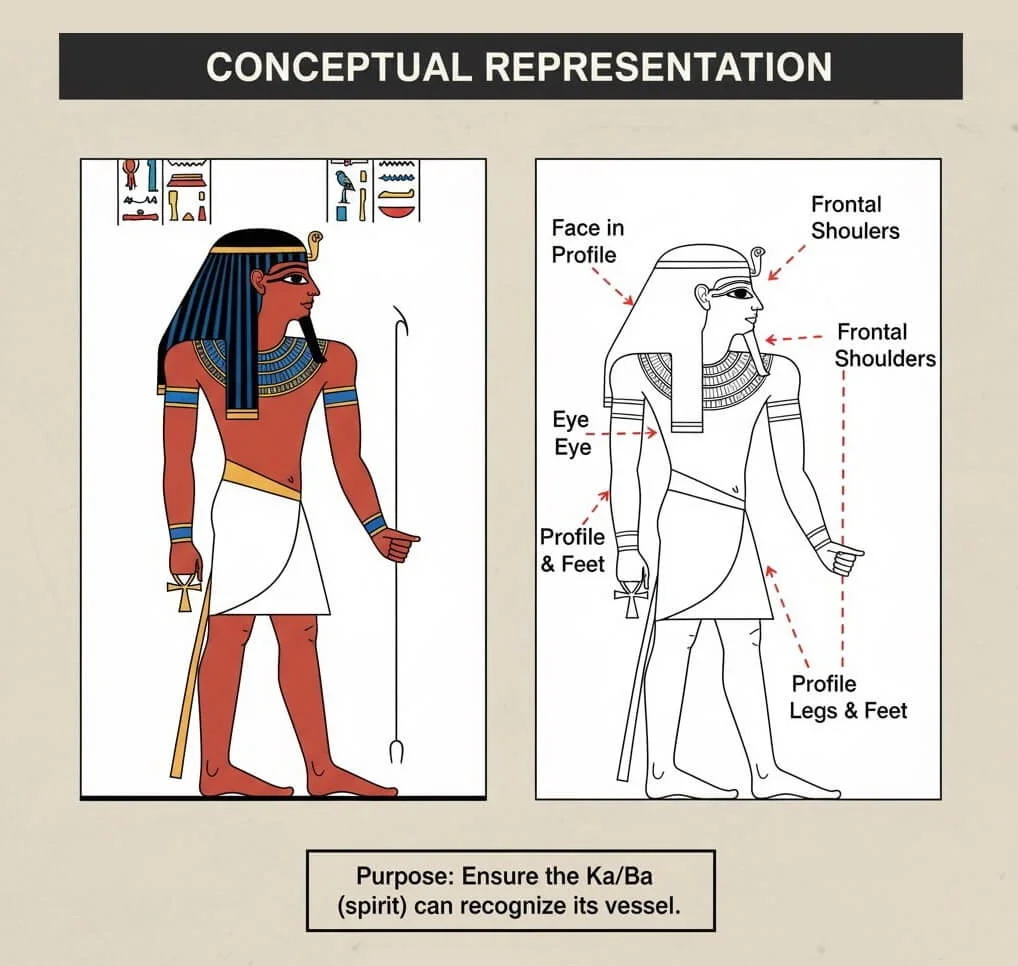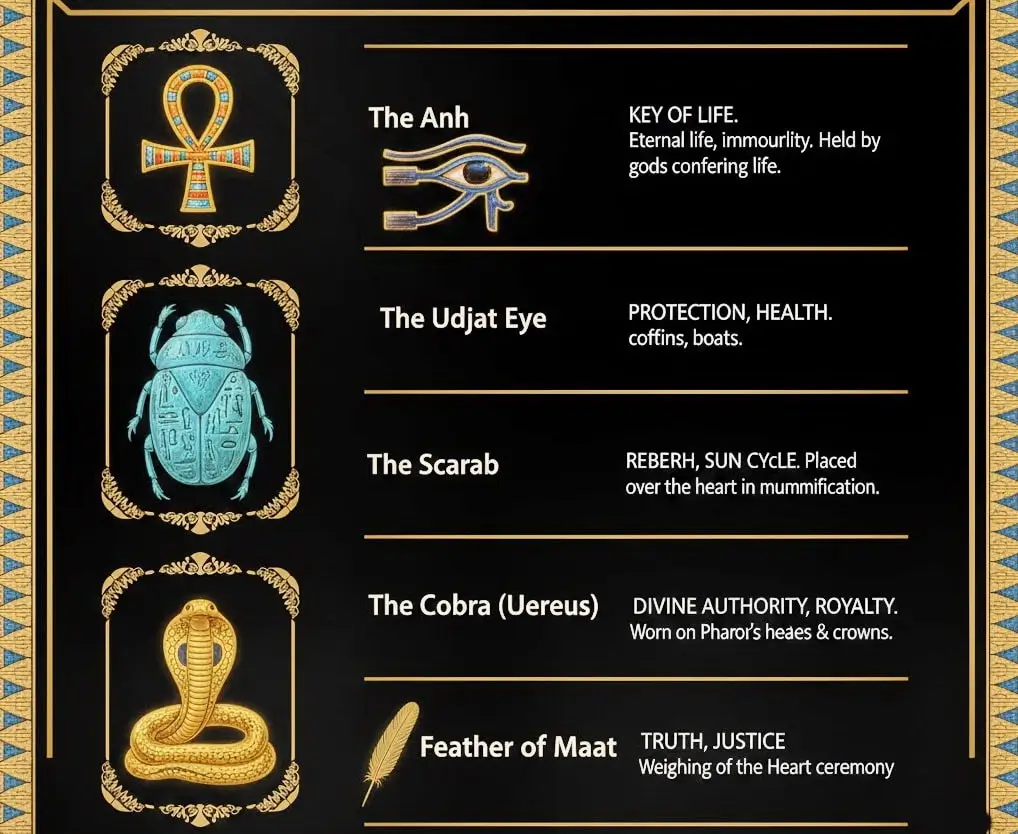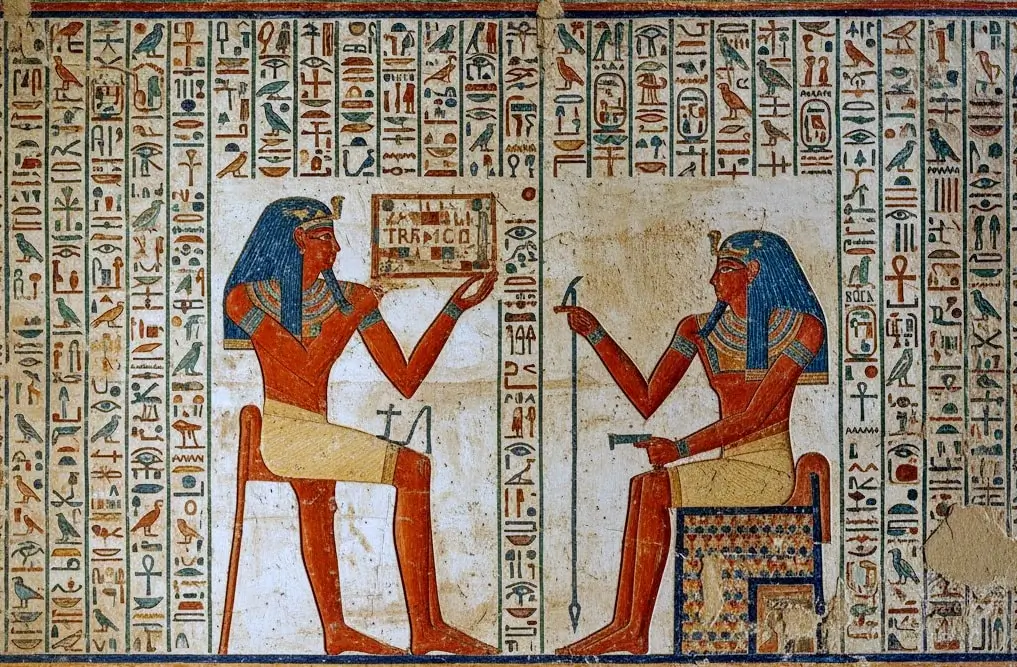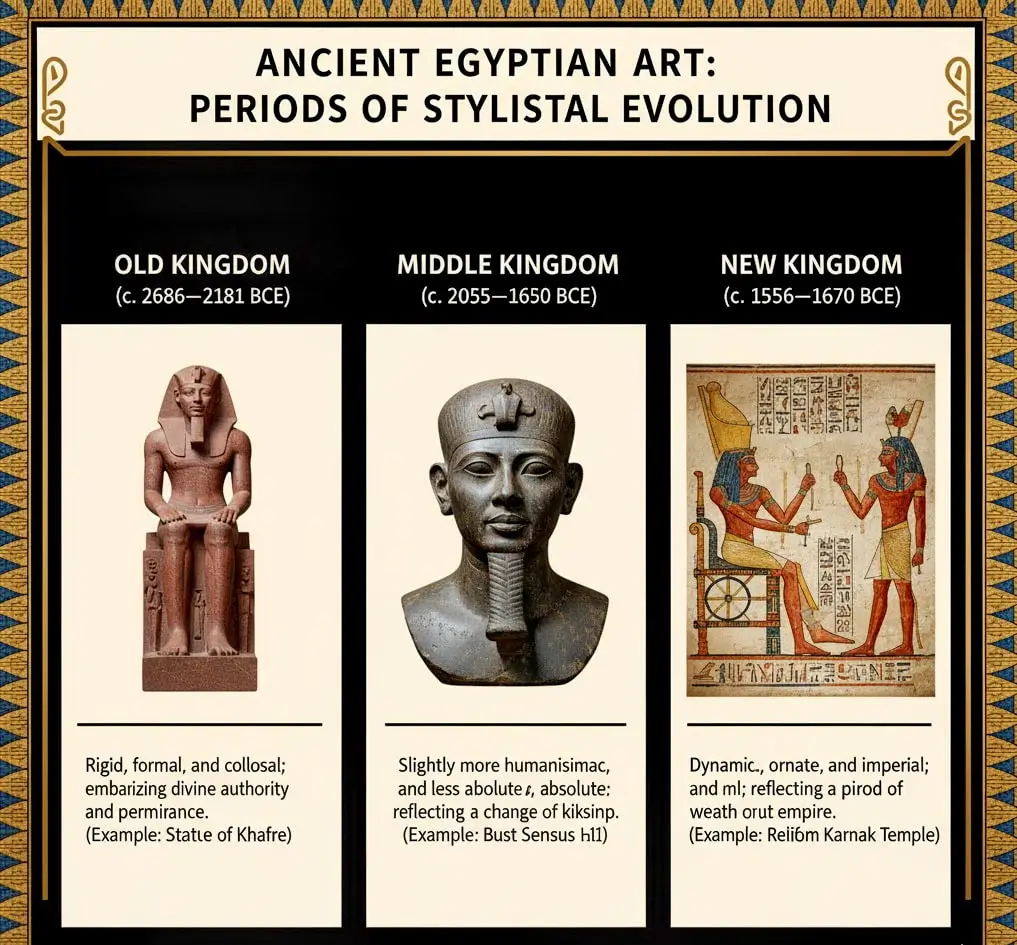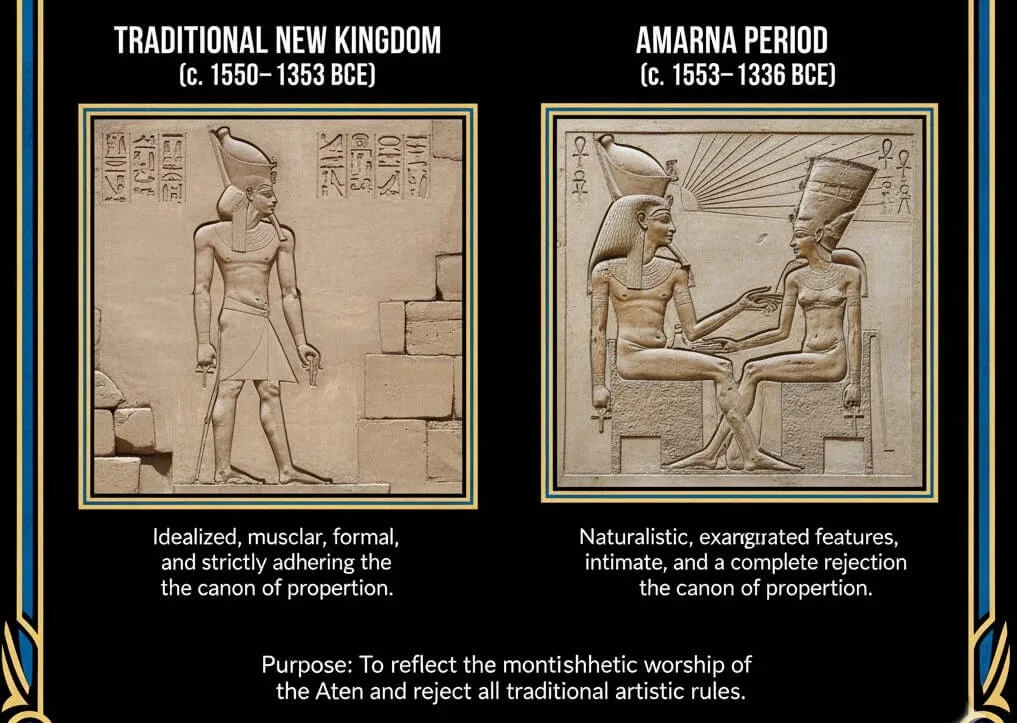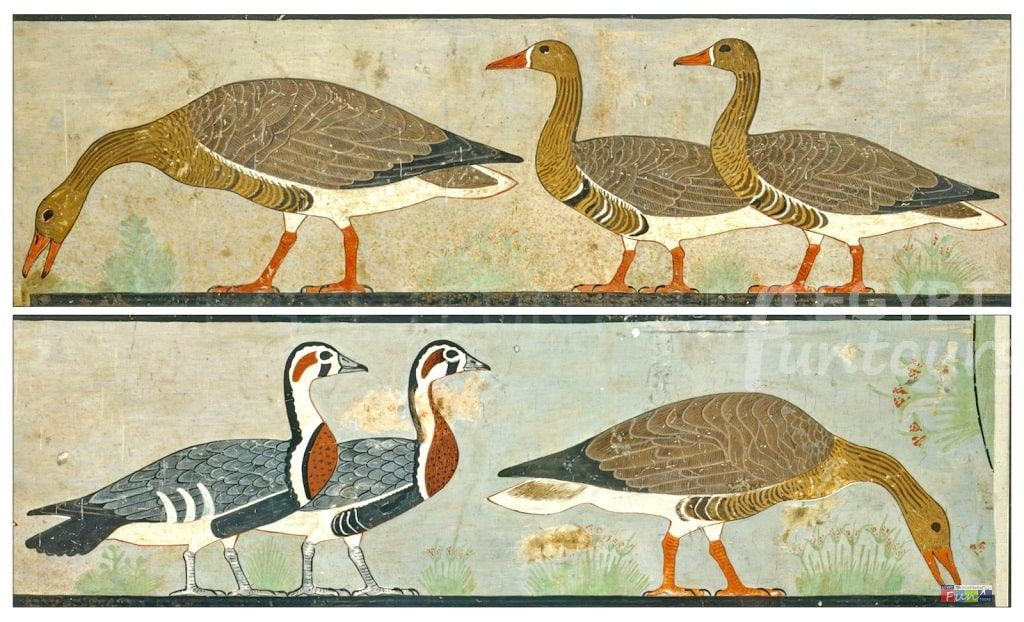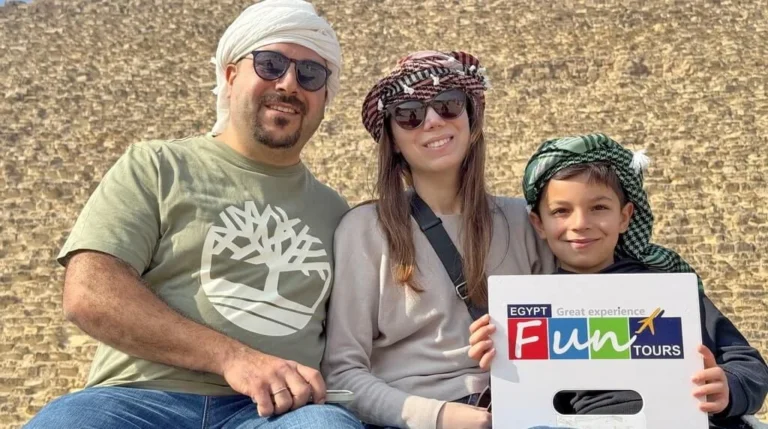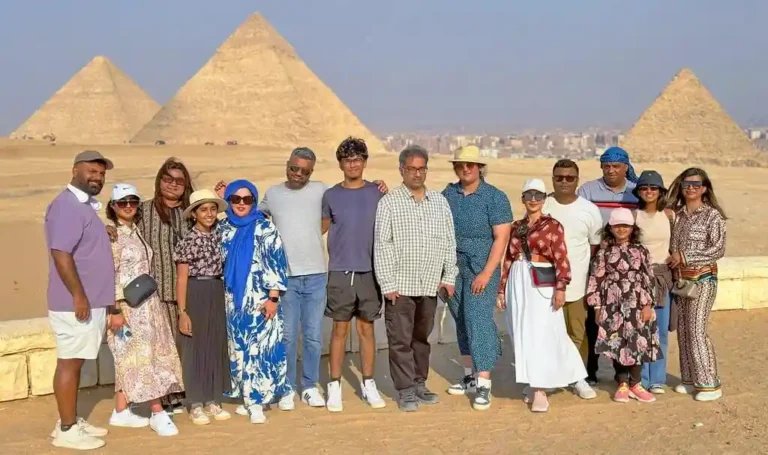Ancient Egyptian art stands alone in the history of civilization. For three millennia, its style remained remarkably consistent, achieving an eternal quality unmatched by any other culture. This incredible stability was not due to a lack of creativity, but rather a profound philosophical commitment. The fundamental purpose of Egyptian art was never aesthetic beauty alone; it was utilitarian, serving as a powerful tool to ensure cosmic order (Ma’at) and secure a successful, eternal afterlife. Every statue, tomb painting, and coffin was deliberately created according to strict Egyptian art conventions and imbued with rich Ancient Egyptian symbolism. We will explore the history, the immutable rules, and the powerful meanings that defined this masterful visual language.

Easily the best two days of the year!
We were doing the 14-day Mediterranean cruise and were in Egypt for two days. I was searching the internet for about 4 days and finally found Egypt Fun Tours as my guide in Egypt. It ended up being the best 2 days of the entire cruise trip. Since this is

